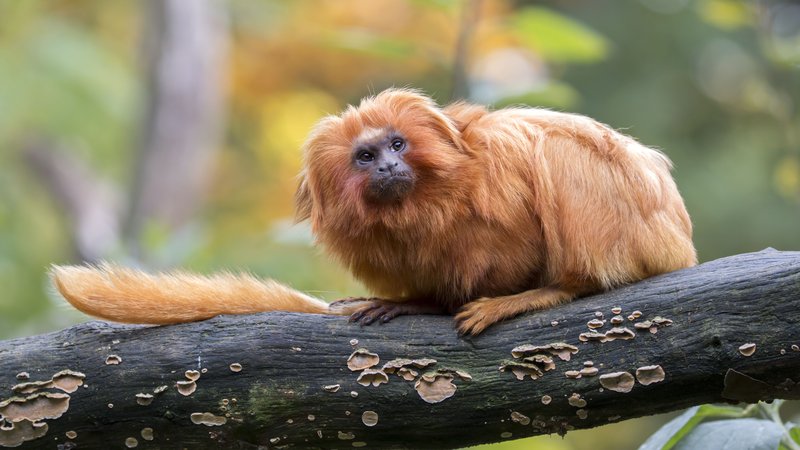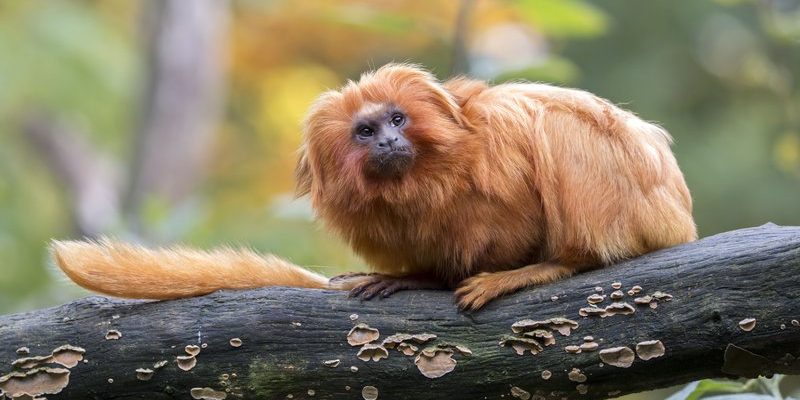
Tamarins, like the golden lion tamarin or the common marmoset, are more than just adorable animals. They’re key players in their habitat, helping to maintain the balance of the ecosystem. Just as a musician needs their instrument to create harmony, tamarins rely on their environment and contribute to it in ways that might surprise you. So, grab a cup of coffee, and let’s explore the interesting world of tamarins and how they fit into the grand puzzle of their ecosystem.
What Are Tamarins?
Tamarins are small, arboreal monkeys that belong to the family Callitrichidae. They’re characterized by their distinct physical features—think small bodies, long tails, and expressive faces. These primates usually weigh between 1 and 2.5 pounds, making them one of the smallest monkeys in the world. They come in various species, like the striking golden lion tamarin with its vibrant fur and the black-tufted tamarin with its unique facial markings.
One of their most notable traits is their social structure. Tamarins often live in family groups, which can range from 2 to 12 individuals. This social dynamic is crucial for their survival as they rely on each other for grooming, protection, and finding food. By staying connected, tamarins enhance their chances of finding resources in their habitats, which leads us to their next important role in the ecosystem.
Tamarins as Seed Dispersers
Here’s the thing: tamarins are not just cute little faces in the trees; they’re also vital for plant reproduction. You might be wondering how that’s possible, right? Well, tamarins have a diet that primarily consists of fruits, insects, and small animals. When they eat fruits, they often consume the seeds along with the pulp. These seeds pass through their digestive systems and are then excreted in new locations.
This process is known as seed dispersal, and it’s important for several reasons:
- Diversity: By spreading seeds over wide areas, tamarins help various plant species thrive. This diversity is crucial for maintaining the stability of the ecosystem.
- Regeneration: Dispersed seeds can grow into new plants, helping to replenish areas that have been affected by natural events like storms or human activities.
- Food Sources: As new plants grow, they provide food and shelter for various animals, creating a rich habitat for countless species.
Without tamarins performing their role as seed dispersers, many trees and plants would struggle to reproduce and maintain healthy populations.
Insect Control and Ecosystem Balance
Tamarins don’t just help plants; they also play a role in keeping insect populations in check. Their diets include insects and small invertebrates, which means they help control pest populations in their environment. Imagine a neighborhood where everyone keeps their gardens tidy—tamarins are like the friendly neighbors who help maintain balance.
By consuming various insects, tamarins contribute to the overall health of the forest. If there’s an overpopulation of certain pests, it can lead to imbalances that affect other wildlife and plant life. This is where tamarins and their insect-eating habits come into play, ensuring that no single species gets too out of hand, maintaining a healthy ecosystem.
Habitat and Conservation Needs
Most tamarins are found in tropical forests, which are rich in biodiversity. Unfortunately, these habitats are under threat from deforestation, logging, and agricultural expansion. This loss not only impacts the tamarins themselves but also the larger ecosystem they support.
Conservation efforts are essential to protect both tamarins and their habitats. Researching their behaviors and populations allows scientists to develop better protection strategies. Support for protected areas, sustainable farming practices, and reforestation initiatives can all contribute to the conservation of these valuable primates.
Here’s the thing: by focusing on preserving tamarins, we’re also preserving entire ecosystems. This means ensuring that all the plants and animals that rely on a healthy forest can thrive together.
Social Structures and Impact on Other Species
The social dynamics of tamarins are fascinating. Their family groups are typically led by a dominant female, and they practice cooperative breeding. This means that all members of the group help with raising the young, not just the parents.
This behavior can influence the entire ecosystem in subtle ways. For example, tamarins’ cooperative nature encourages stability in their activities, like foraging for food. This means they are more effective at finding resources and reducing competition with other species.
When tamarins coexist peacefully with other wildlife, it leads to a more balanced ecosystem. They provide a useful example of cooperation in nature, showcasing how teamwork can benefit not just themselves but their entire habitat.
Tamarins may be small, but they’re big players in their ecosystems. From seed dispersal to insect control and social structures, these little monkeys bring a lot to the table. Protecting them is not just about conserving a cute species; it’s about safeguarding the intricate web of life they support.
As we continue to face challenges like habitat loss and climate change, understanding the role of tamarins becomes increasingly important. They’re reminders that every creature, no matter how small, plays a crucial part in the health of our planet. So next time you think of a monkey, remember the tamarin and its vibrant role in nurturing its home—the jungle.

